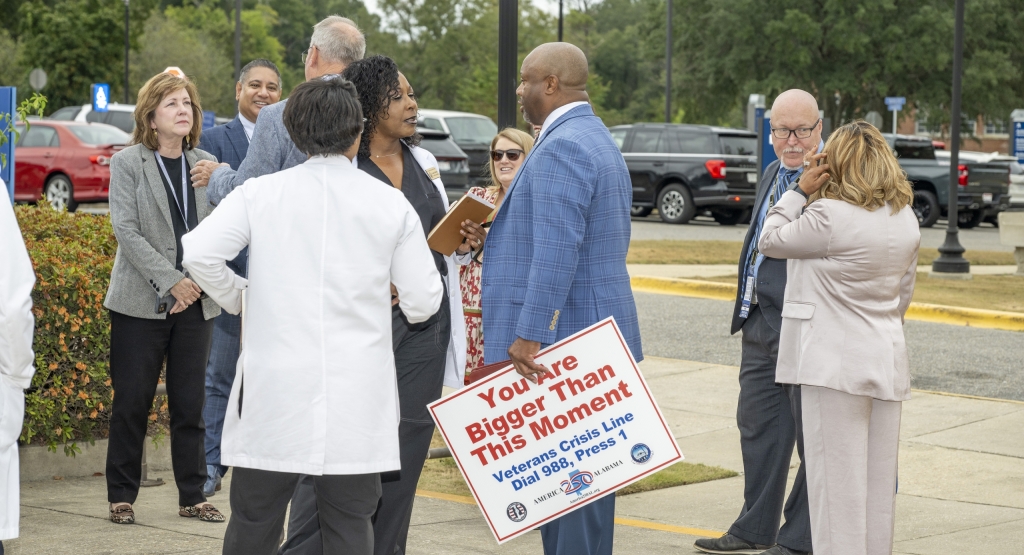Violent crime is a complex issue influenced by various social, economic, and systemic factors. The fundamental question is what are the common denominators in all high-crime areas, and, secondly, what would it take to eradicate them.
Ineffective or disconnected leadership can lead to inadequate policies and resources for crime prevention, community engagement, and social services. Strong leadership that supports traditional family values, fosters Americanism, backs local law enforcement, and promotes transparency and accountability is typically better equipped to address the root causes of crime.
A breakdown in family structure — evidenced by high divorce rates and outdated child custody arrangements — can result in a lack of supervision and guidance for children, increasing the likelihood of youth engaging in delinquent behavior that may escalate to violent crime, which often follows them into adulthood. Families are the primary social unit for instilling values, norms, and conflict resolution skills.
The disintegration of family structures can motivate individuals, particularly youth, to seek belongingness in gang membership. While gangs may provide a sense of community, they often engage in violent and criminal activities, including acts of retaliation.
Data shows a community’s perception of law enforcement significantly influences crime rates. A lack of respect for authority can lead to decreased cooperation with police, complicating efforts to maintain public safety.
Educational institutions that fail to provide quality education contribute to a lack of opportunities for youth, increasing the likelihood of engagement in criminal activities as a means of survival or expression.
Economic disparities, including high unemployment rates and the reliance of non-disabled individuals on federal assistance programs, foster environments in which crime is viewed as a viable option for financial gain. Research indicates a correlation between economic instability and higher crime rates, highlighting the complex relationship between socioeconomic factors and criminal behavior.
While crime occurs across all racial and ethnic groups, the term “Black-on-Black crime” highlights socio-economic and systemic issues disproportionately affecting African American communities. Current reports indicate that homicide is the leading cause of death among young Black men by black men, significantly impacting their life expectancy.
Religious institutions often provide a moral framework that discourages violent behavior. A decline in religious and spiritual influence may lead to a decrease in shared values and ethics, potentially resulting in increased tolerance for violence and criminal behavior, as well as a diminished regard for life.
Exploring the question “What are the common denominators in my community?” can be a valuable problem-solving tool for developing effective solutions.
Without positive forward movement, the rise in violent crime is likely to persist, so in order to combat it, we must focus on specific areas that include community engagement, education reform, family law reform, economic development, and strengthening the relationships between law enforcement and the communities they serve.
The Legislature will convene for its 2025 regular session in February, my job as your legislator is to maintain an open mind and communicate with my constituents, continually seeking your concerns and ideas and then implementing common sense approaches to eradicate our issues.
Together, we can find solutions to the problems that plague us and make all Alabama communities the best they can be.
In light of ongoing reports of increased violence in specific communities, it is crucial to remain prayerful and proactive in seeking meaningful solutions.
State Rep. Kenneth Paschal, who retired from the U.S. Army after 21 years of service, represents District 73 in the Alabama House of Representatives.













